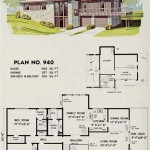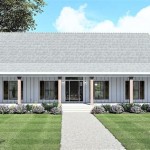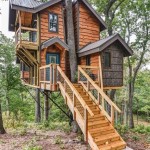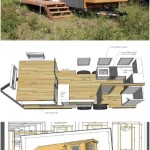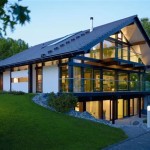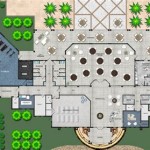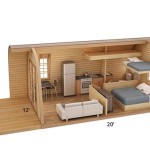Essential Aspects of Big Cabin House Plans
Designing a big cabin can be an exciting endeavor, offering ample space and endless possibilities. To ensure your dream cabin meets your specific needs and expectations, it's crucial to consider several essential aspects when crafting the house plans.
1. Size and Layout
Determine the ideal size of your cabin based on the number of bedrooms, bathrooms, and living spaces required. Plan for sufficient space for gatherings, entertaining, and comfortable living. Consider a functional layout that maximizes natural light, ventilation, and flow between rooms.
2. Architectural Style
Choose an architectural style that aligns with your preferences and complements the surrounding environment. Popular options for big cabins include rustic lodge, modern farmhouse, and traditional mountain. Consider factors such as rooflines, exterior siding, and window styles to create the desired aesthetic.
3. Lot Selection
The location and topography of the building lot play a significant role in cabin design. Evaluate potential sites for their size, slope, access to utilities, and views. Consider the orientation of the cabin to optimize natural lighting and take advantage of scenic surroundings.
4. Sustainability and Energy Efficiency
Incorporate sustainable design principles to minimize environmental impact and reduce operating costs. Use energy-efficient appliances, windows, and insulation. Consider renewable energy sources such as solar panels or geothermal heating.
5. Indoor-Outdoor Living
Create seamless transitions between indoor and outdoor spaces. Plan for expansive porches, decks, or patios to extend living areas and connect with nature. Large windows and sliding doors enhance natural light and provide breathtaking views.
6. Outdoor Amenities
Consider the potential for outdoor amenities that complement the cabin lifestyle. These could include a fire pit, grilling area, hot tub, or even a small pond. Plan for designated spaces and access points to make the most of these features.
7. Storage and Functionality
Big cabins require ample storage space for gear, seasonal items, and other belongings. Plan for built-in closets, pantries, and mudrooms to keep the cabin organized and clutter-free. Design functional spaces with multitasking in mind, such as a loft that serves as an additional sleeping area or a laundry room that doubles as a utility room.
8. Customization and Personalization
Make the cabin your own by incorporating personalized touches. Choose finishes and fixtures that reflect your style and create a welcoming ambiance. Consider unique features such as a custom staircase, a wall of windows, or a cozy reading nook.
9. Accessibility and Future Considerations
Plan for accessibility features if necessary, such as wide doorways, ramps, and grab bars. Consider future needs as well, such as potential expansions or modifications. By designing with flexibility and adaptability in mind, you can ensure your cabin remains comfortable and functional for years to come.
10. Professional Assistance
Collaborating with professionals, such as architects and builders, can be invaluable in the design and construction process. They possess expertise in creating tailored plans that meet building codes, optimize space utilization, and bring your vision to life.

Big Sky Plans Information Southland Log Homes Cabin Floor Home

The Big Nelly Large Log Cabin Plan Winterwoods Homes

Tyler Www Avcoroofing Com Let Us Give You A Free Estimate We Professionally Perform Any Kind Of Cabin House Plans Log Floor Home

Allpine Ii Colorado Log Homes Home Floor Plans Lumber Co

The Dobie Mountain Lookout Large Log Cabin Plan Winterwoods Homes

Log House Plans Google Search Home Cabin Homes

Big Sky Plan 5 060 Sq Ft Cowboy Log Homes

Cabin Plans Floor Designs The House Designers

Appalachia Mountain A Frame Lake Or House Plan With Photos Plans Rustic

Cozy Winter Cabins A Frame House Plans And More Houseplans Blog Com

